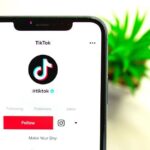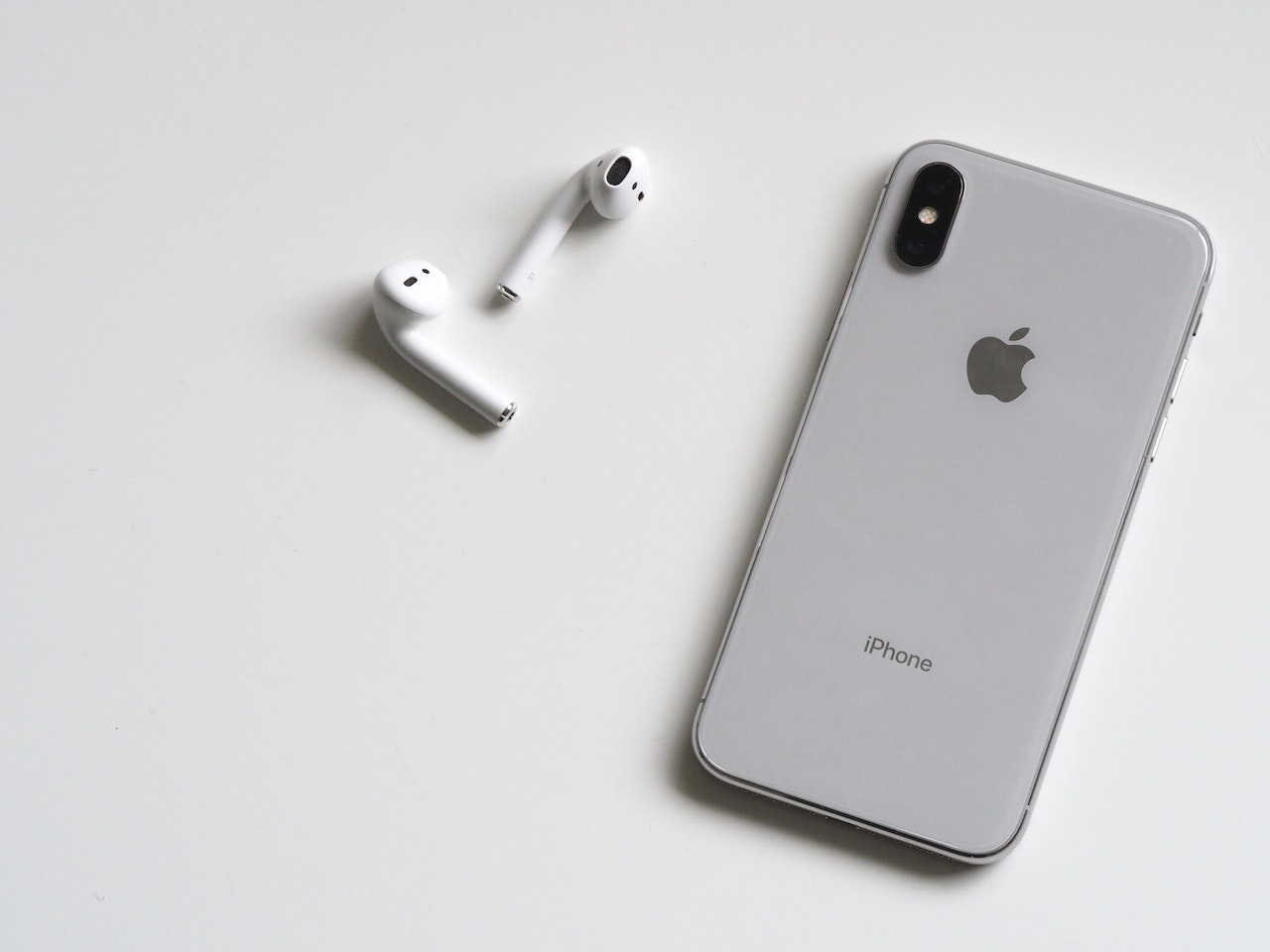In the age of algorithms, autoplay, and social feeds, we no longer just listen to music—we live through it. Every song we stream, every playlist we share, every audio trend we pick up on TikTok quietly contributes to a larger picture: our digital identity. And while our fashion, language, or emoji choices might say something about us, it’s the music we align with that often says the most.
Music has always been a marker of personality. But now, with digital platforms becoming an extension of the self, what we listen to becomes part of how we present, perform, and perceive ourselves online.
From Sound to Self: Music as Social Currency
In a world where identity is curated, music has become a kind of social shorthand. People use playlists the way previous generations might’ve used photo albums or mood boards. A shared Spotify link or a public playlist isn’t just about taste—it’s a statement, a timestamp, a narrative.
Streaming platforms like Spotify or Apple Music know this well. That’s why they build listening summaries, create mood-based categories, and highlight “audio personality” features. These tools let listeners see themselves reflected back through their habits—and share those reflections with others.
TikTok takes it even further. On this platform, music isn’t background—it’s often the central element. Entire personalities are built around niche genres, vintage samples, or hyper-trendy hooks. Your sound can place you in a tribe before you even speak.
Digital Subcultures That Form Around Sound
The digital age has birthed countless subcultures, many of which orbit music as their core. Think hyperpop, phonk, lo-fi beats, or synthwave. These aren’t just genres—they’re signals. They speak to a user’s aesthetic, worldview, or emotional space.
Someone who curates a dreamy shoegaze-heavy playlist is sending a different message than someone deep into trap remixes or Eurodance throwbacks. These choices communicate identity just as clearly as clothing or slang.
Even platform algorithms reinforce this division. The more we listen to a particular sound, the more we’re nudged into micro-communities. Over time, these patterns of preference start feeling like personal expression—even when they’re guided by code.
Curated Personas Through Playlists

While some playlists are private rituals—built for the gym, commute, or heartbreak—others are public performances. Users craft mood playlists not only for personal listening but also for signaling: “This is who I am, this is what I’m into.”
These curated soundtracks often reflect:
- Emotional identity (e.g., chill, hyped, melancholic).
- Cultural belonging (e.g., K-pop, reggaeton, drill).
- Time or memory markers (e.g., “Songs that raised me,” “2020 heartbreak”).
- Humor or irony (e.g., chaotic genre mashups, meme-based themes).
- Lifestyle branding (e.g., “Music for startup founders,” “Dark academia vibes”).
By mixing music with mood, memory, and message, people project a version of themselves that feels uniquely theirs—even if thousands share the same songs.
Music Algorithms: Shaping Us While We Listen
Here’s the twist: while we believe we shape our music taste, music is also shaping us. Recommendation engines on Spotify, YouTube, or TikTok don’t just reflect who we are—they influence who we become.
The songs that autoplay into our ears often stick. Over time, this can nudge us toward new genres, moods, or trends we might not have sought out on our own. Our digital identity, then, becomes a loop: what we like feeds the algorithm, and the algorithm feeds us back more of what we’re likely to like.
And sometimes, it expands us. A random lo-fi beat leads us into Japanese jazz fusion. A TikTok sound opens the door to Y2K pop nostalgia. Each of these mini-discoveries changes what we associate with, which eventually changes what others associate with us.
Authenticity vs. Aesthetic: What Really Defines Us?
In a curated world, the line between authenticity and performance is blurry. Are we really into those 2000s emo bangers, or did the playlist thumbnail look good on our Instagram Story? Do we love ambient techno, or does it just pair well with our productivity aesthetic?
Digital identity is, in part, theater. But that doesn’t make it less real. Like choosing an outfit, choosing a soundtrack for your day—even privately—can influence your mindset, energy, and sense of self.
And in that way, music remains one of the most personal yet shareable forms of identity we have. You might not post your diary, but you’ll share your playlist. And anyone who listens closely enough will hear more than just the music.
Closing Vibes: You Are What You Stream
Your digital self is shaped by more than just your posts—it’s woven through your sounds. Music tells stories, and in the age of algorithms, those stories echo far beyond your headphones. Whether you’re building playlists, chasing audio trends, or just letting autoplay lead the way, what you listen to leaves a trail—a rhythm, a signature.
It’s not just about taste anymore. It’s about identity in motion.




